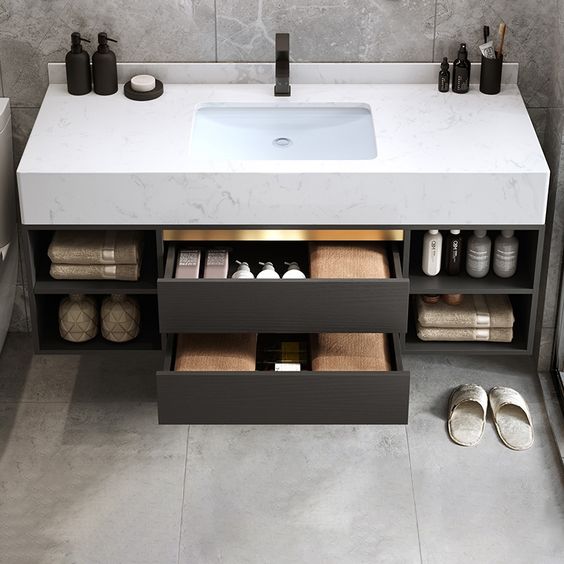There are several types of bathroom sinks, each with its own design, installation method, and functionality. Here’s a detailed look at the various types:
1. Pedestal Sinks
- Description: These are freestanding sinks that consist of a basin supported by a pedestal or column.
- Advantages: Space-saving, ideal for small bathrooms, and offers a classic, timeless look.
- Disadvantages: Limited storage and counter space.
2. Wall-Mounted Sinks
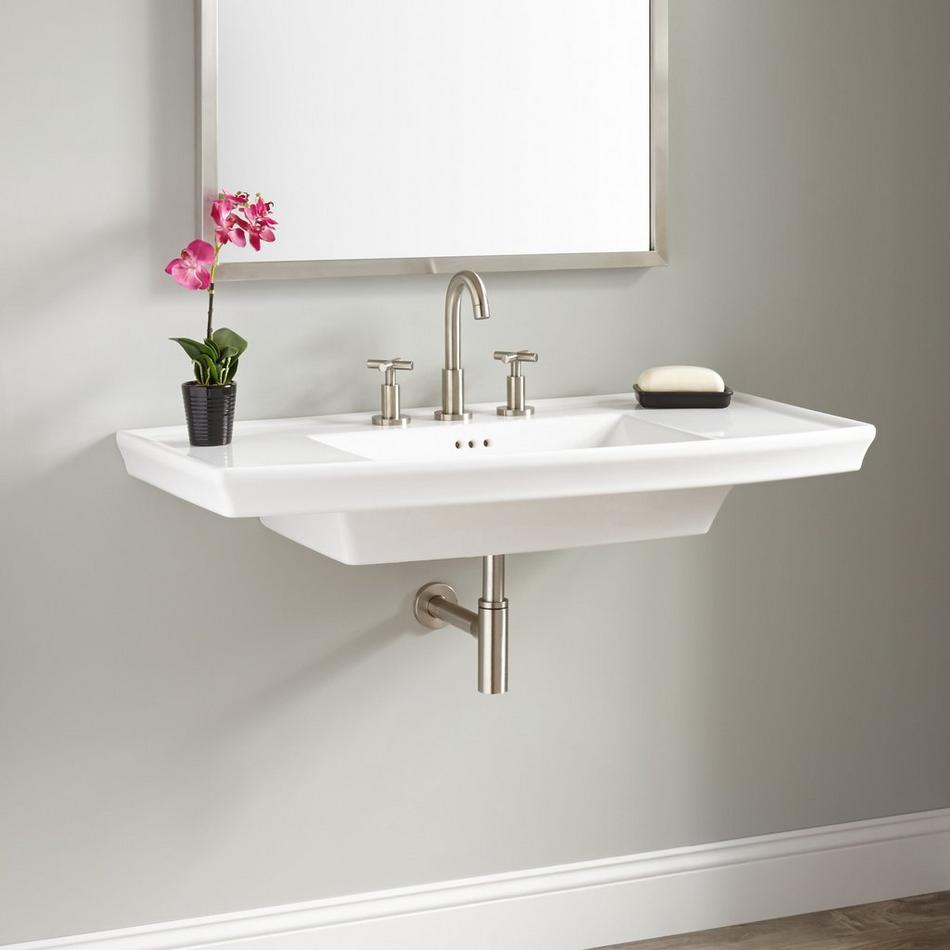
- Description: These sinks are attached directly to the wall at a desired height, leaving the floor space below empty.
- Advantages: Great for saving floor space, easy to clean underneath, and offers a modern look.
- Disadvantages: May require additional wall reinforcement and provides no counter space.
3. Vessel Sinks
- Description: These sinks sit on top of a counter or vanity, resembling a bowl or basin.
- Advantages: Aesthetically pleasing and often serves as a focal point in the bathroom.
- Disadvantages: Can be more difficult to clean around the base and may require specific faucets due to height.
4. Undermount Sinks

- Description: These sinks are installed beneath the countertop, creating a seamless look.
- Advantages: Easy to clean as there are no edges or lips, and provides a sleek, modern appearance.
- Disadvantages: Requires a solid surface countertop and can be more costly to install.
5. Drop-In Sinks
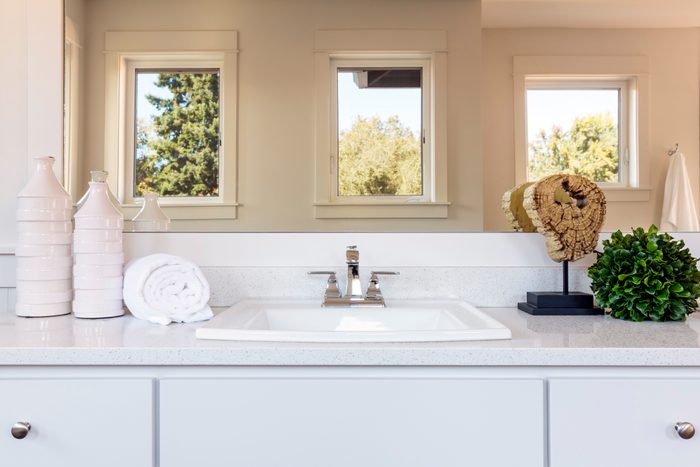
- Description: Also known as self-rimming or top-mount sinks, these sinks are dropped into a hole cut into the countertop, with the edges resting on the countertop.
- Advantages: Easier to install, fits a variety of countertop materials, and the rim provides support.
- Disadvantages: The rim can accumulate dirt and debris, making it slightly harder to clean.
| "Best Builders Floor Apartment in Chennai" |
6. Console Sinks
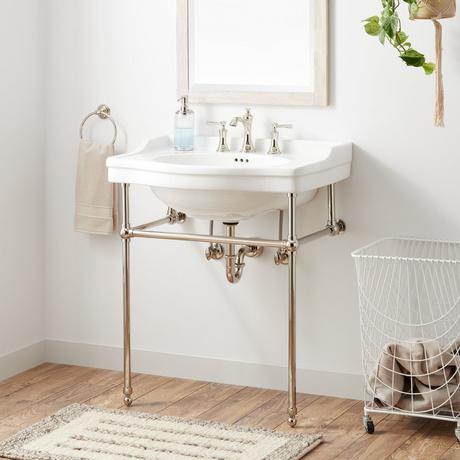
- Description: These sinks combine a basin with legs or a stand, often made of metal or wood, providing an open, airy feel.
- Advantages: Offers a vintage or industrial look, and the open space below can be used for storage.
- Disadvantages: Limited counter space and storage compared to vanities.
7. Vanity-Top Sinks
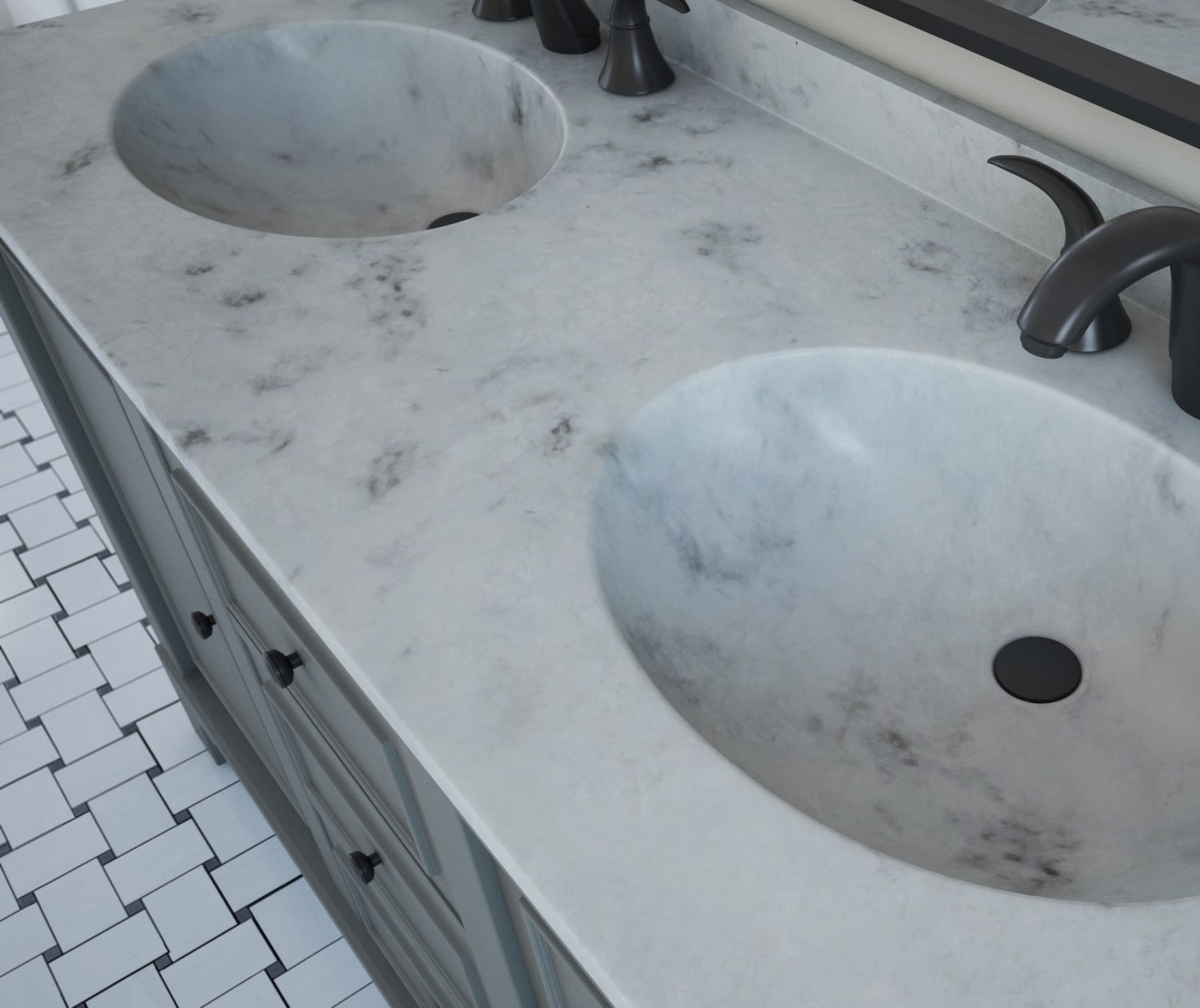
- Description: Integrated into the top of a vanity, these sinks come as a single piece with the countertop.
- Advantages: Provides ample counter space and storage, and the integrated design makes for easy cleaning.
- Disadvantages: Can be more expensive and takes up more space.
8. Corner Sinks

- Description: Designed to fit into a corner, these sinks are perfect for small or awkwardly shaped bathrooms.
- Advantages: Space-saving and utilizes otherwise wasted corner space.
- Disadvantages: Limited in size and style options, and often lacks counter space.
9. Trough Sinks
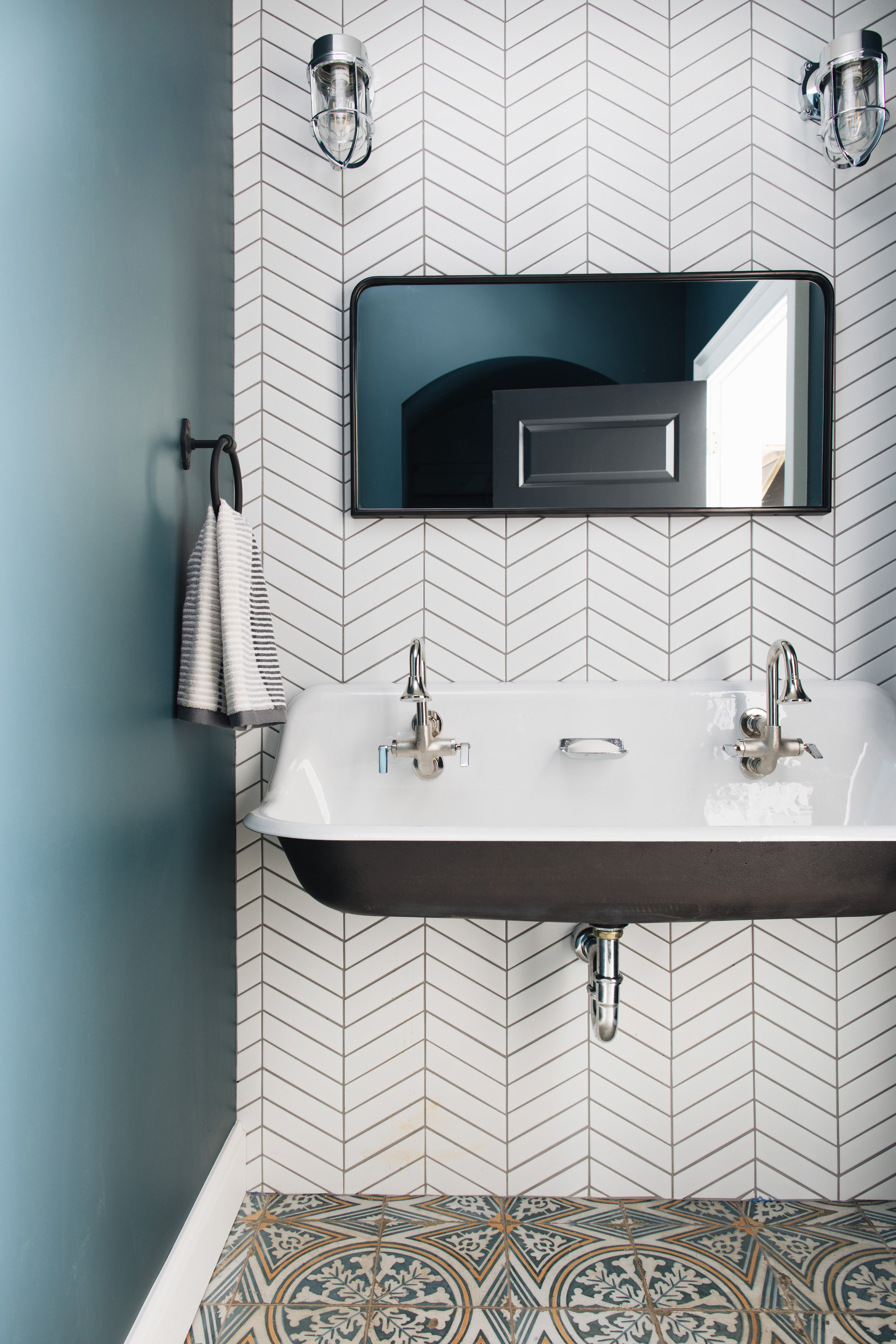
- Description: These are long, narrow sinks that can accommodate multiple users at once.
- Advantages: Ideal for large families or shared bathrooms, and provides a unique, modern look.
- Disadvantages: Requires more space and can be more expensive.
10. Integrated Sinks
- Description: These sinks are molded as part of the countertop material, often seen with materials like solid surface or concrete.
- Advantages: Seamless design, easy to clean, and very modern.
- Disadvantages: Limited to certain countertop materials and can be expensive to replace if damaged.
11. Console Sinks

- Description: Sinks with a basin supported by legs or a stand, often metal or wood, giving an open, airy feel.
- Advantages: Stylish, vintage look, and the open space below can be used for storage.
- Disadvantages: Limited counter space and storage options.
Choosing the right type of sink depends on the bathroom size, the existing plumbing setup, aesthetic preferences, and the desired level of maintenance and functionality.
Also read: 20 Kitchen Cabniets for your Kitchen
https://www.livehomes.in/blogs
